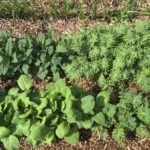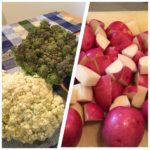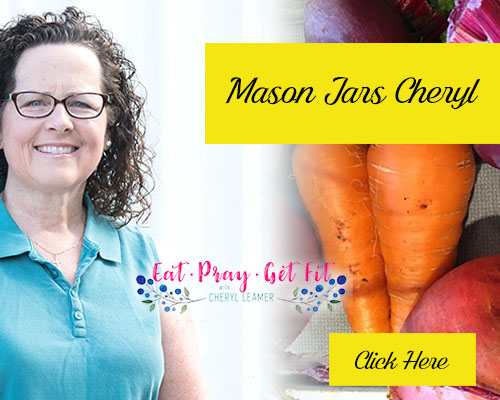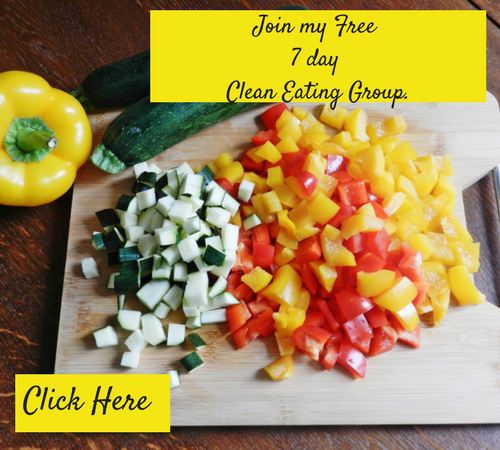Gardening for Beginners Episode 3
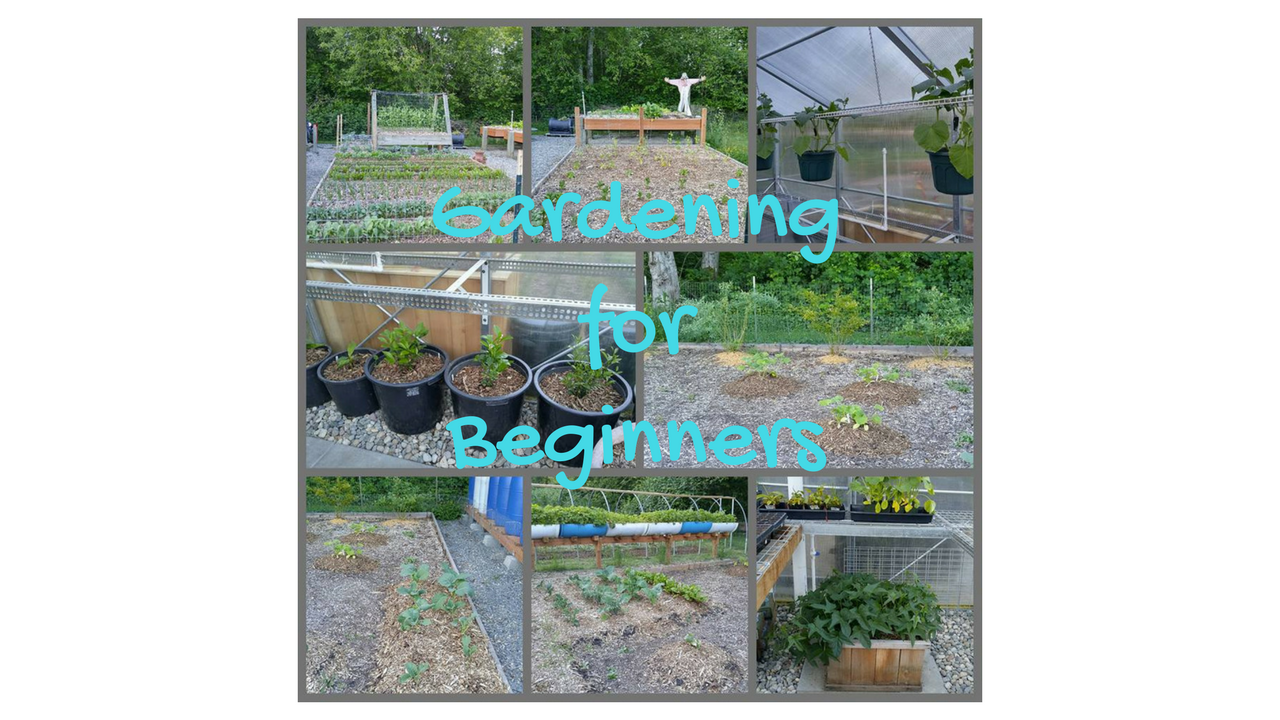
7 Tips you must know before starting your garden
- Plants should compliment each other. They help enrich the soil and add nutrients when you pair the right vegetables, herbs and flowers with each other. Examples would be Potatoes and Corn like to grow in the same area. See this article for more great ideas including Allys and enemies.http://www.burpee.com/gardenadvicecenter/areas-of-interest/flower-gardening/companion-planting-guide/article10888.html
- Pollinators-Honeybees prefer flowers of purple, blue and yellow color. They are general pollinators, and will select any flowers that have high pollen or nectar levels. However, they are not well adapted to collecting pollen from tomatoes and other nightshades.Plant large patches of flowers such as vetch, borage, buckwheat, sunflowers, alfalfa, clover, or wildflower mixes to bring them to your yard. You can also hang a honey bee lure in your garden. Honeybees need a lot of water to make honey; provide them a drinking pool by placing stones or another perch in a shallow dish of water. We are even investing in a Bee Hive this year. Can’t wait to see how it goes.
- Fertilize to replenish the soil- Add compost, top dress it with bark chips and be sure to rotate your crops so that you are not depleting the nutrients in the same area with the same plant every year. We get our compost from a local supplier in the area, “Bailey’s Compost” and we also are creating our own compost in a commercially designed barrel composter and in an area in our front yard.
- Grow Upwards-Use any type of fencing, lattice or wire to create walls for your climbers to grow on. This gives you more room to plant under or around them and it will give them air space for better circulation. It will also keep pests and disease away from your crop by keeping it off the ground. Here in the PNW slugs are a huge problem with most of our gardens. You can see in my image above that we used an old swing set structure to build our peas and bean wall. We will be creating walls or frames this year for the cucumbers and squash.
- Analyze your soil-You can purchase PH tests from your local garden supply store or reach out to your Master Gardeners organization in your area and they will help you with testing for a fee.
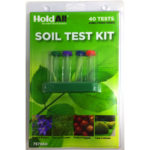
- Companion planting-There are certain plants that will go well together and give each other support and nutrition. Much like the info above in #1, you can plants carrots under or around tomatoes, beets under cucumbers, and an even more fun method to grow is to follow the 3 Sisters guide to planting http://www.almanac.com/content/three-sisters-corn-bean-and-squash
- Start small-You can expand later but start small, even if it’s just a few pots on your deck or patio or a small raised bed area in the yard. I have even taken advantage of a flowerbed and planted my crop there until we built our current garden.
“BIG THING COME FROM LITTLE SPACES”

